Using 3D models for 2D background layouts
Background layouts can be tough to draw consistently. Something that I have been experimenting with lately is using 3D tools to assist in creating 2D backgrounds. Using 3D tools, such as Autodesk Maya or Google Sketchup, can greatly speed up the workflow. Once the 3D model is in place, virtual cameras can be used to frame the layout as needed. The models need not be overly complex. Simple volumetric shapes, such as cones, spheres, cubes, etc. can be used to establish where elements in the scene are placed relative to one another and their relative scale. 3D models can also assist by providing a correct perspective to guide in the development of the finalized drawings.
In the scene below, I kept my 3D models very, very basic. I used a few simple lights and inserted virtual cameras into the 3D scene. Maya’s virtual cameras also give the user explicit control over parameters such as focal length, depth of field and F-stop.
Once my cameras were in position, I rendered out three still images from Maya using its built in Vector renderer. The Maya Vector rendering option renders out the edges that comprise the entire model, the line thickness, and even the option to use a limited color palette.
After completing the renders, I brought them in separately to Autodesk Sketchbook Pro for penciling. Next, I used Smith Micro’s Manga Studio for inking the lines, giving the illustrations a more natural look. It’s at this point that I also begin adding extra details. Finally, I applied color, textures and shading using Adobe Photoshop.
As an instructor, I often hear students emphatically say that they’re only interested in “2D” or “3D” when it comes to their area of focus. I feel that 3D can compliment and inform 2D work, just like 2D work can inform 3D work.
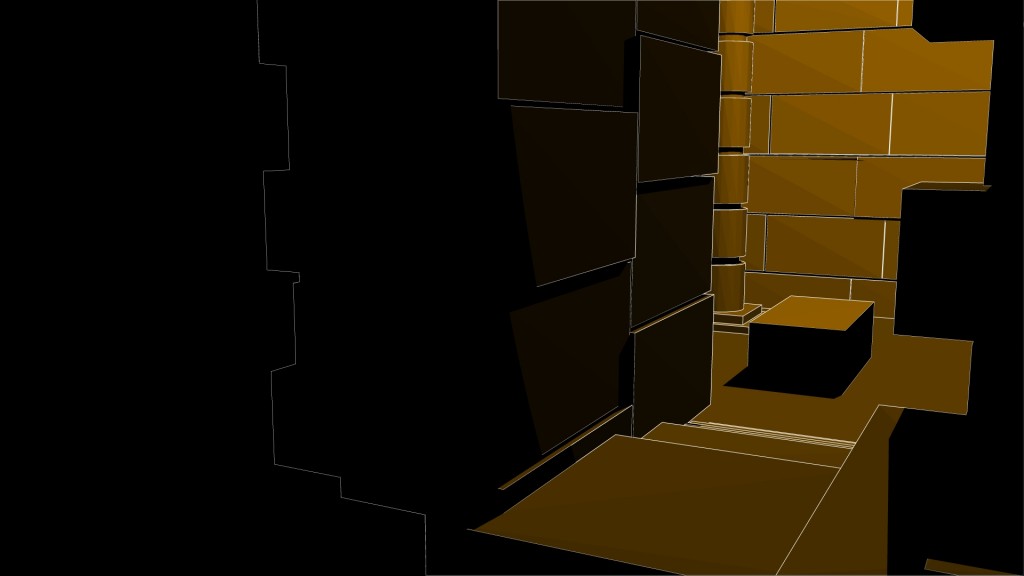
To summarize, 3D tools provide several advantages to the 2D artist. Some of them include:
- it can speed up workflow when having to draw the same background from multiple angles.
- it aids in establishing consistency.
- it can simplify lighting and shadow placement.
- it encourages experimentation.
So… have you used 3D tools to inform your 2D designs? What are your thoughts on the 2D vs. 3D debate? Share your insight in the comments below.
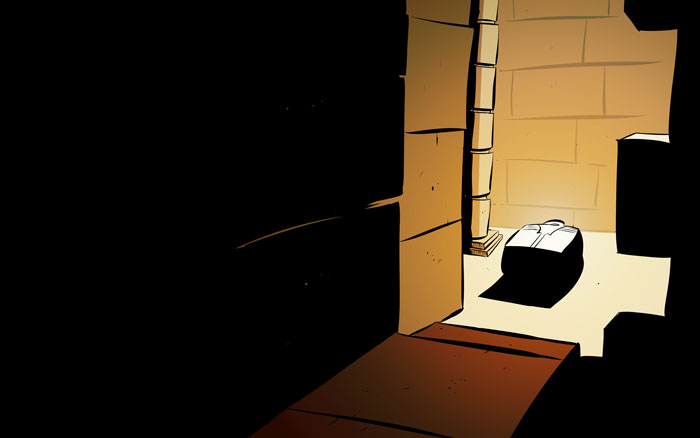
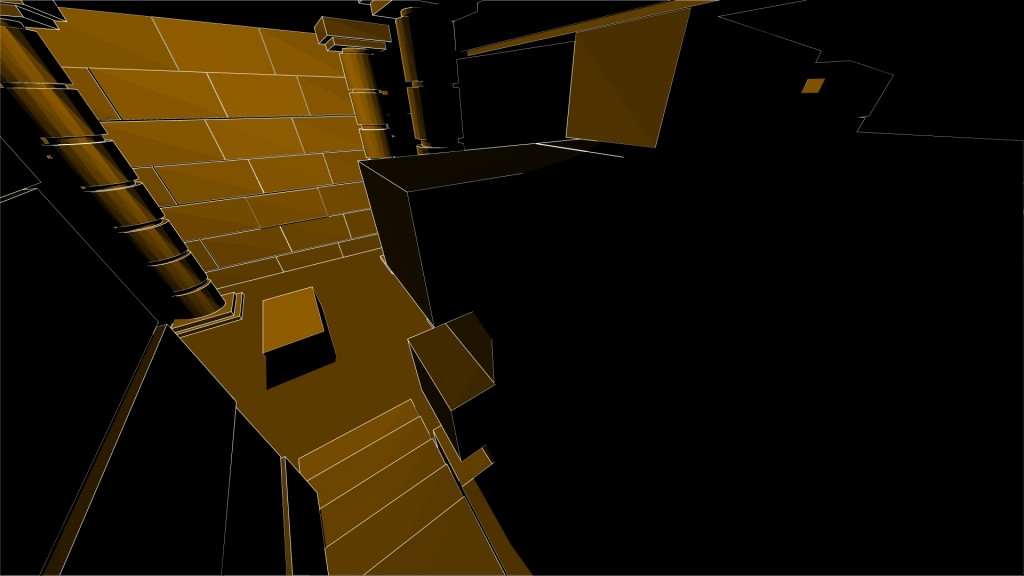

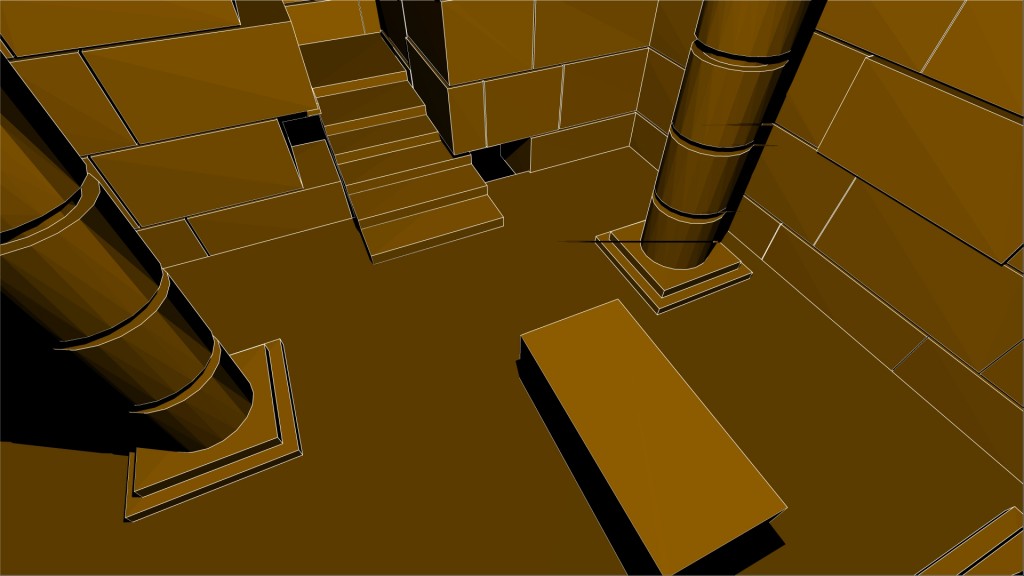
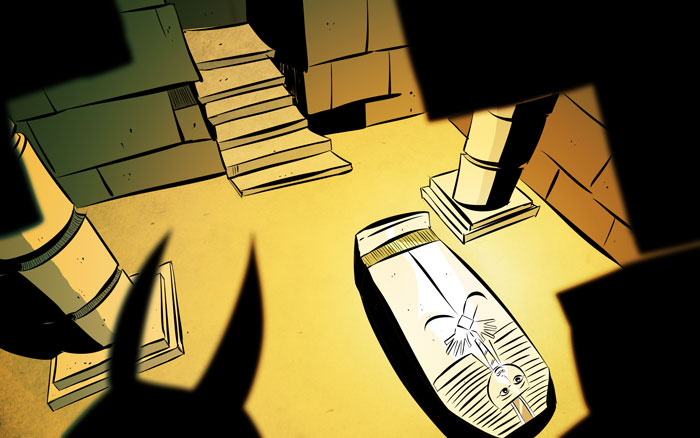



No comments yet. Be the first!